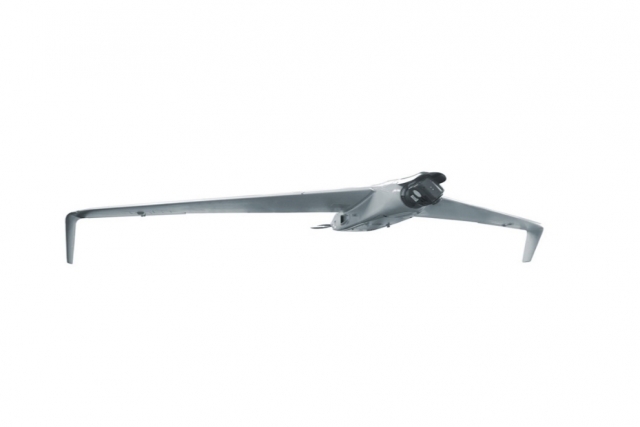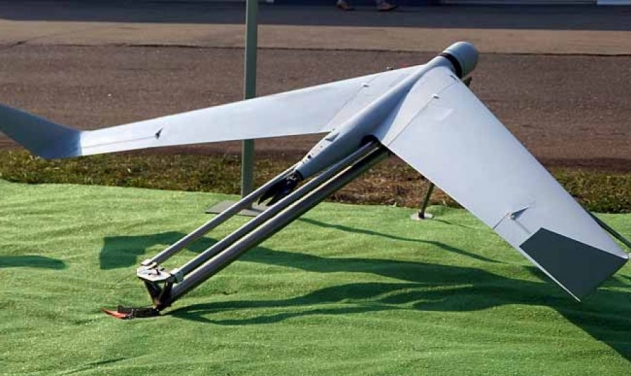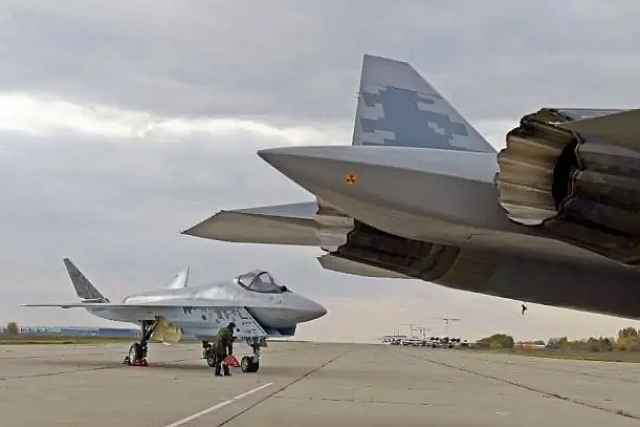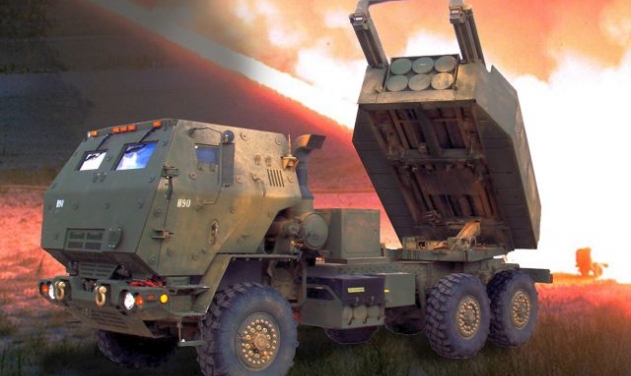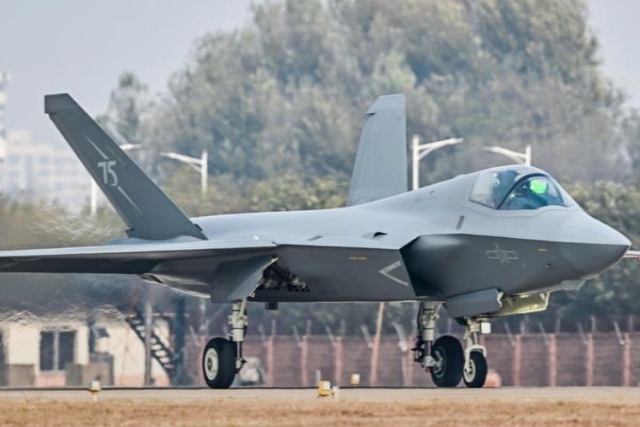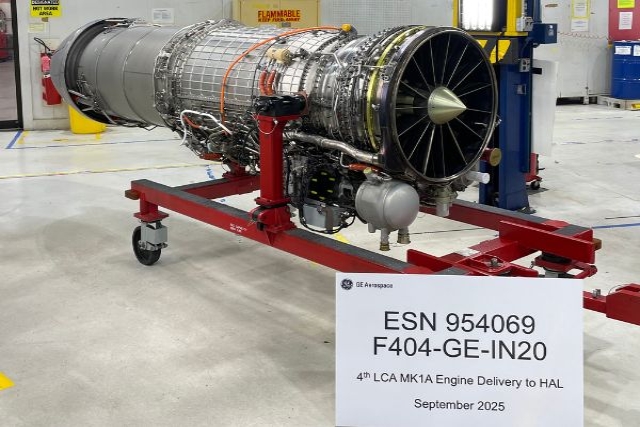Zala Aero Drone Performs 12 Hour Flight Without Satellite Navigation
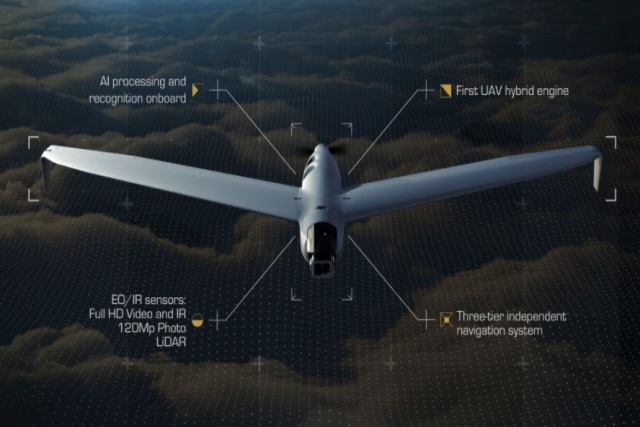
A hybrid UAV made by Russia’s Zala Aero performed a 12 hour flight by solely relying on its new onboard visual navigation system (VNS).
The VNS provides freedom from satellite navigation and is implemented in a closed circuit of the aircraft. This allows the aircraft to fly and perform mission tasks in complete radio silence, as well as providing multi-level protection against electronic attack.
The system proved to be much more accurate than the inertial navigation system, a Zala Aero press release said.
The hybrid UAV, ZALA 421-16E5G covered a distance of more than 1,130 km during the 12-hour test flight.
Two flight crews practiced simultaneously the unmanned operation with a new high speed communications, control systems and relay implemented at over-the-horizon control points located in different regions of the Russian Federation. Implementation of such a system, where the UAV operators are located up to 500km away from the launch site, reduces the consumption of aircraft resources, minimizes the human factor and optimizes the staff.
During the flight the latest ZALA systems developments in navigation and intelligent information processing were tested.
The new airborne intelligent processing system (AIVI) was also demonstrated. The onboard system works in passive mode providing automatic detection and recognition of objects from several sensors, which cover the entire lower hemisphere of the UAV (360 degrees), which allows you to get up-to-date information about the number and location of objects, changes in the situation directly during the flight. This system allows you to increase the area of UAV inspection by 30 times, compared with regular means of detection, eliminating the human factor in the search for objects of interest.
